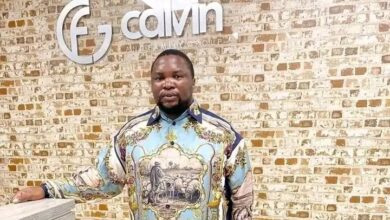Range Rover’s Legacy: How It Became a Global Luxury SUV Icon
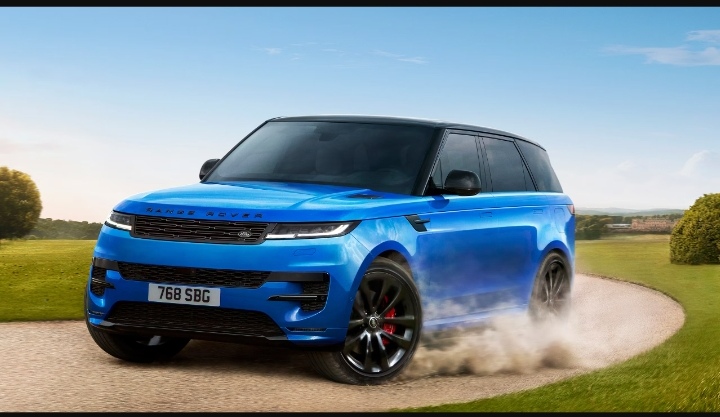
Range Rover’s Legacy: How It Became a Global Luxury SUV Icon. Range Rover is more than just a luxury SUV; it is a symbol of prestige, capability, and innovation. Since its debut in 1970, Range Rover has redefined what a premium off-road vehicle can be, combining rugged utility with high-end sophistication. The brand’s journey to becoming a global leader in luxury automotive has been shaped by bold design choices, cutting-edge technology, and a commitment to craftsmanship. This article explores the key milestones, challenges, and strategic decisions that have fueled Range Rover’s success, offering valuable insights for entrepreneurs looking to build resilient and aspirational brands.
The Birth of an Icon: Merging Utility with Luxury
Before Range Rover’s arrival, off-road vehicles prioritized function over comfort. However, the team behind Range Rover envisioned a vehicle that could seamlessly blend off-road capability with on-road refinement. When the first Range Rover launched in 1970, it set a new standard in the automotive industry.
Unlike conventional 4x4s, the Range Rover featured a coil-spring suspension for a smoother ride and a functional yet refined interior. It quickly gained popularity among adventurers and city drivers alike, proving that luxury and rugged performance could coexist.
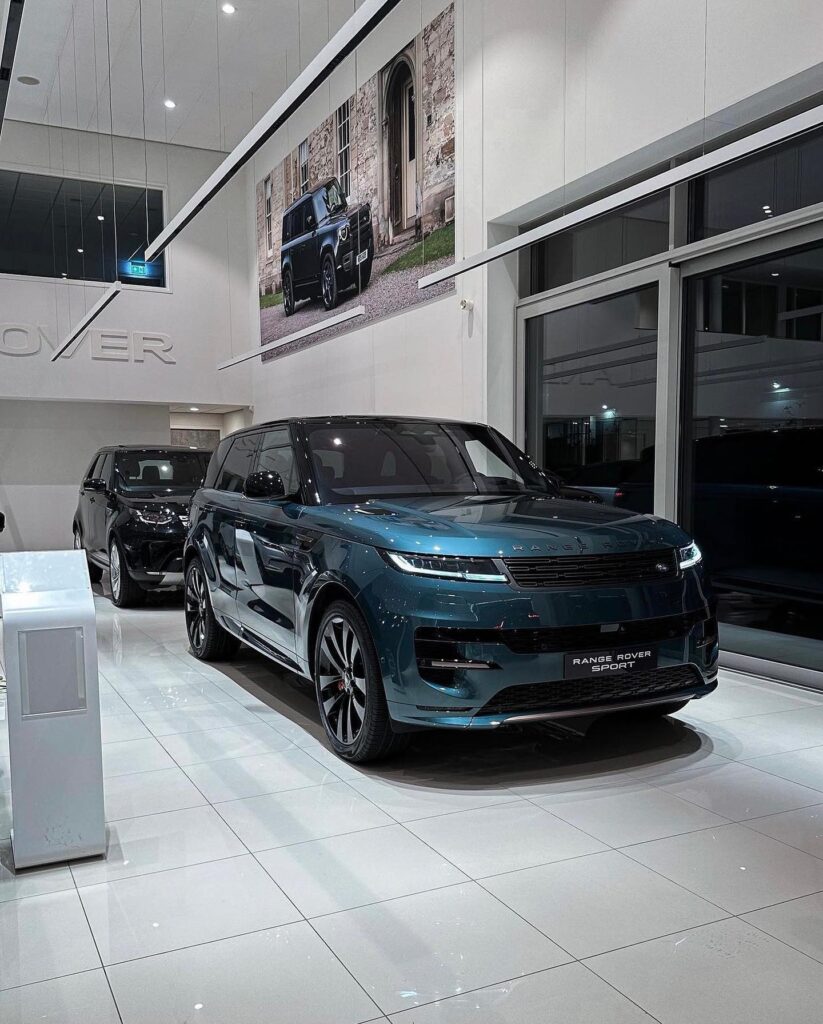
Evolution and Expansion: Cementing Luxury Status
As demand for Range Rover grew, the brand continuously refined its design and technology. In the 1980s and 1990s, Range Rover introduced more luxurious interiors, advanced engineering, and improved road handling. By the 1990s, it had fully transitioned from a utility-focused vehicle to a luxury status symbol favored by celebrities, business leaders, and royalty.
One of the defining moments came in 1994 when BMW acquired Land Rover’s parent company, Rover Group. This partnership allowed Range Rover to further enhance its luxury appeal while maintaining its legendary off-road performance. In 2000, Ford acquired Land Rover from BMW, further strengthening its global presence.
Strategic Innovation: Technology and Design Excellence
Range Rover’s commitment to innovation has been a driving force behind its success. The introduction of Terrain Response in 2005 revolutionized off-roading, allowing drivers to effortlessly switch between driving modes for different terrains. The brand also led the industry with aluminum-intensive architecture, reducing weight while improving efficiency and performance.
Beyond engineering, Range Rover has continuously pushed the boundaries of design. Each generation of Range Rover features a distinctive, elegant look that balances modern aesthetics with timeless appeal. The addition of high-end materials, customizable interiors, and state-of-the-art infotainment systems has further reinforced its luxury credentials.
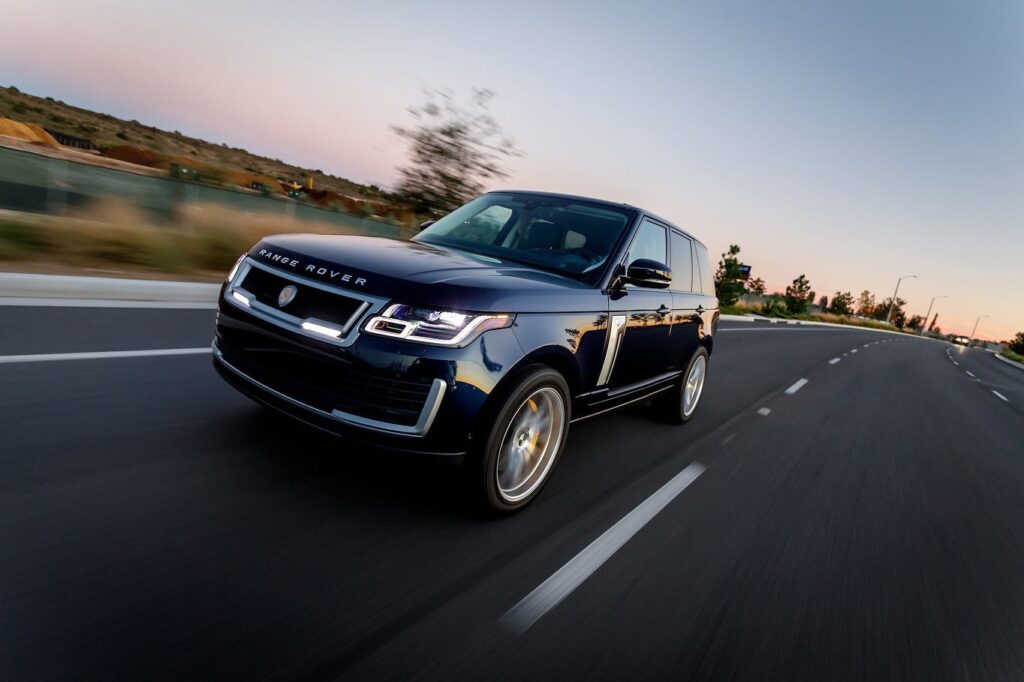
Overcoming Challenges: Economic Shifts and Market Competition
Despite its success, Range Rover has faced significant challenges. Economic downturns, fluctuating fuel prices, and evolving consumer preferences have tested the brand’s resilience. Competition from luxury SUV manufacturers like Mercedes-Benz, Bentley, and Rolls-Royce has also intensified.
However, Range Rover has remained adaptable. By expanding its lineup with models like the Range Rover Sport (2005), Velar (2017), and Evoque (2011), the brand has appealed to a broader audience while maintaining its premium identity. Additionally, strategic marketing campaigns emphasizing heritage, innovation, and exclusivity have kept Range Rover at the forefront of the luxury SUV market.
Lessons for Aspiring Entrepreneurs
- Balance Tradition with Innovation – Range Rover honors its heritage while continuously integrating new technology and design advancements. Entrepreneurs should embrace change while staying true to their brand’s core values.
- Elevate the Customer Experience – Range Rover’s commitment to luxury craftsmanship ensures that every customer feels a sense of exclusivity. Creating exceptional customer experiences can build long-lasting brand loyalty.
- Adapt to Market Trends – By expanding its lineup and embracing sustainable technologies, Range Rover has stayed relevant in an evolving automotive industry. Entrepreneurs should anticipate shifts in their industries and adapt accordingly.
- Build a Brand That Represents a Lifestyle – Range Rover is more than a car; it’s a status symbol. Businesses should create brands that resonate emotionally with their target audience.
- Invest in Quality and Performance – A commitment to quality has allowed Range Rover to maintain its reputation. Entrepreneurs should prioritize delivering high-value products and services to stand out in competitive markets.
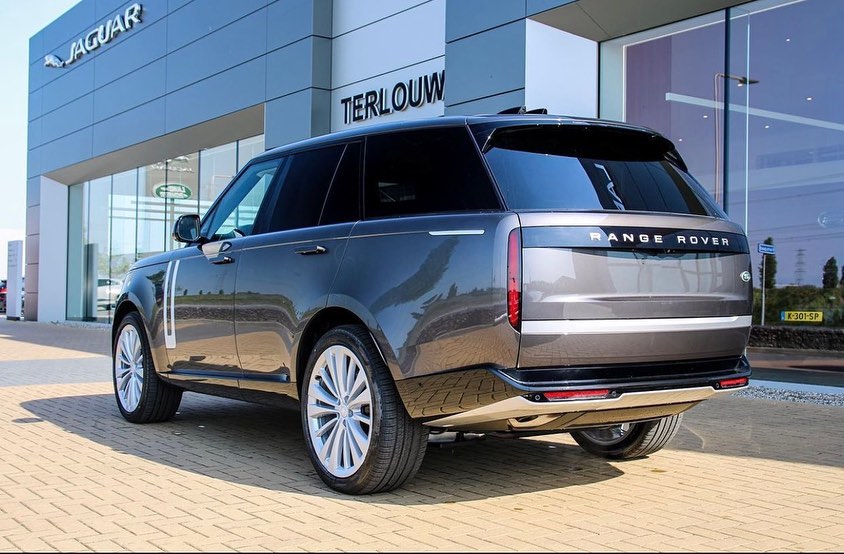
The Future: Sustainability and Technological Advancements
As the automotive industry moves toward electrification, Range Rover is embracing sustainable innovation. With plans for fully electric models and hybrid technologies, the brand is preparing for the next era of luxury mobility while maintaining its legendary performance.
Range Rover’s story is one of vision, resilience, and transformation. From redefining luxury SUVs to continually pushing the boundaries of technology and design, the brand has set a benchmark for excellence. For entrepreneurs, its journey offers invaluable lessons on building a brand that stands the test of time, proving that with innovation and strategic vision, success is within reach.


